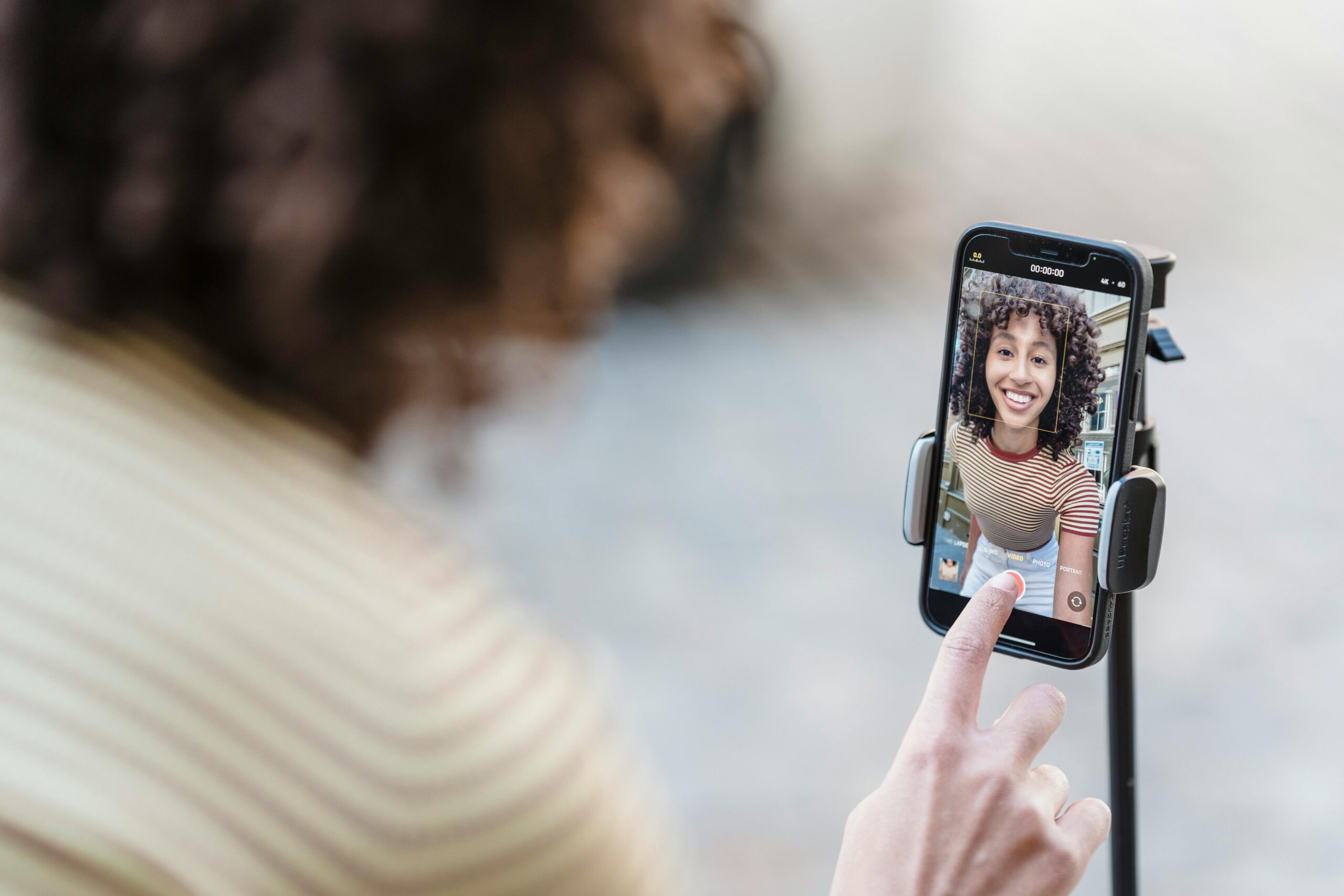We dress up not for a wedding or a special occasion, but for the ‘gram.’
Don’t you think about how an outfit will look on your feed and if it’s trending?
While fashion is a way to make an impression, feel good, and feel confident, this moment of happiness and validation is often fleeting. I mean, it’s not just about dressing up or looking good, right? It’s about keeping up with the trends on social media, maintaining the visual aesthetics of your feed, it’s about the likes and comments that you receive on your feed.
When Your Style Matches Your Instagram’s Algorithm
With Pantone’s 2025 Color, “Mocha Mousse,” dominating our feed and trends emerging from Pinterest and TikTok, we are flooded with trends. We’ve seen people cladding up in aesthetic-driven fashion like the Vanilla Girl aesthetic, Barbiecore, and bow trends dominate everywhere — from clothes, shoes, and bags to accessories.
It’s no longer about what you like or what suits you anymore, but what is trending on Instagram. We are bombarded with microtrends, and fast fashion brands churn out new collections quickly and affordably. People hop on these trends in no time, and we see more and more people wearing similar styles in real life and on social media. They are subconsciously losing out on making their own fashion choices as they don’t want to feel left out, stay relevant, and get their hands on WHAT’S NEW, even if it’s SHORTLIVED.
We are seeing a rise in people wearing clothes and accessories inspired by the rosette trend. Predicted to be a strong trend in 2025, Zara has introduced outfits and accessories with this elegant, feminine style.
According to a survey by Meta, 80% of beauty shoppers and 76% of fashion shoppers discover beauty and fashion brands on social media platforms.
Social Media: The Constant Chase
“ Why don’t you post your pictures on Instagram?”
Sounds familiar? These are the things you often hear if you are not posting on social media. People perceive your social media as your identity, and it defines who you are and what you do.
According to Photutorial, Social media users share 14 billion images daily, with Instagram alone accounting for 1.3 billion of them.
The real question is: do we want to become someone we are not, or are we here to keep up and adapt with the changing times? Does it come with repercussions, self-doubt and comparison, or do we know how to balance it all? But how can something be so abundant, so available to consume, and still leave you with the feeling of wanting more? It’s a never-ending loop, and in fact, it’s striving.
According to this research, people continue to engage on social media even if it causes negative effects because they don’t know how many likes or comments a post will get, which fuels their engagement on these platforms, similar to using a slot machine.
[ “I know that social media is not entirely true, and it’s just the highlights of your life. I love to post on Instagram to stay relevant and get validation that doesn’t mean I am not secure or content in my life, it just makes me feel better, and I love capturing things and aesthetics,” says a 27Y (F) ]
This research says that people share content online because they have been encouraged to do so since childhood. They want to stay in touch with friends, make plans, and connect., and want to know what others are doing through social media.
[“With friends scattered across the globe, social media keeps me connected, and posting pictures is how I capture the moments that matter. Sharing memes is my love language,” – 30Y(M)]
The Concept of Modern Happiness
Is this the happiness we are pursuing, or is it one we are creating? You make an effort and create a moment of happiness—or let’s just say a moment of validation—on social media. So much of this comes through our fashion choices, what we do, and what we eat, BUT everything must be documented on social media, right? Talk about MODERN HAPPINESS!
Modern happiness is like a water bubble. It’s momentary, on the surface, and yet it has taken a permanent place in our lives. It can be draining at times, yet also therapeutic. For some, it’s like work, for others, it’s simply fun.
According to Neurolaunch, we post to be seen, to be heard, to matter. It’s a digital way of raising our hand and saying, “I’m here!” . Social media plays a dual role in managing anxiety and depression. For some, it can be a source of support and connection and for some, it can cause loneliness and incompleteness. It’s all about how we use these platforms.
The real question is where to draw the line!



